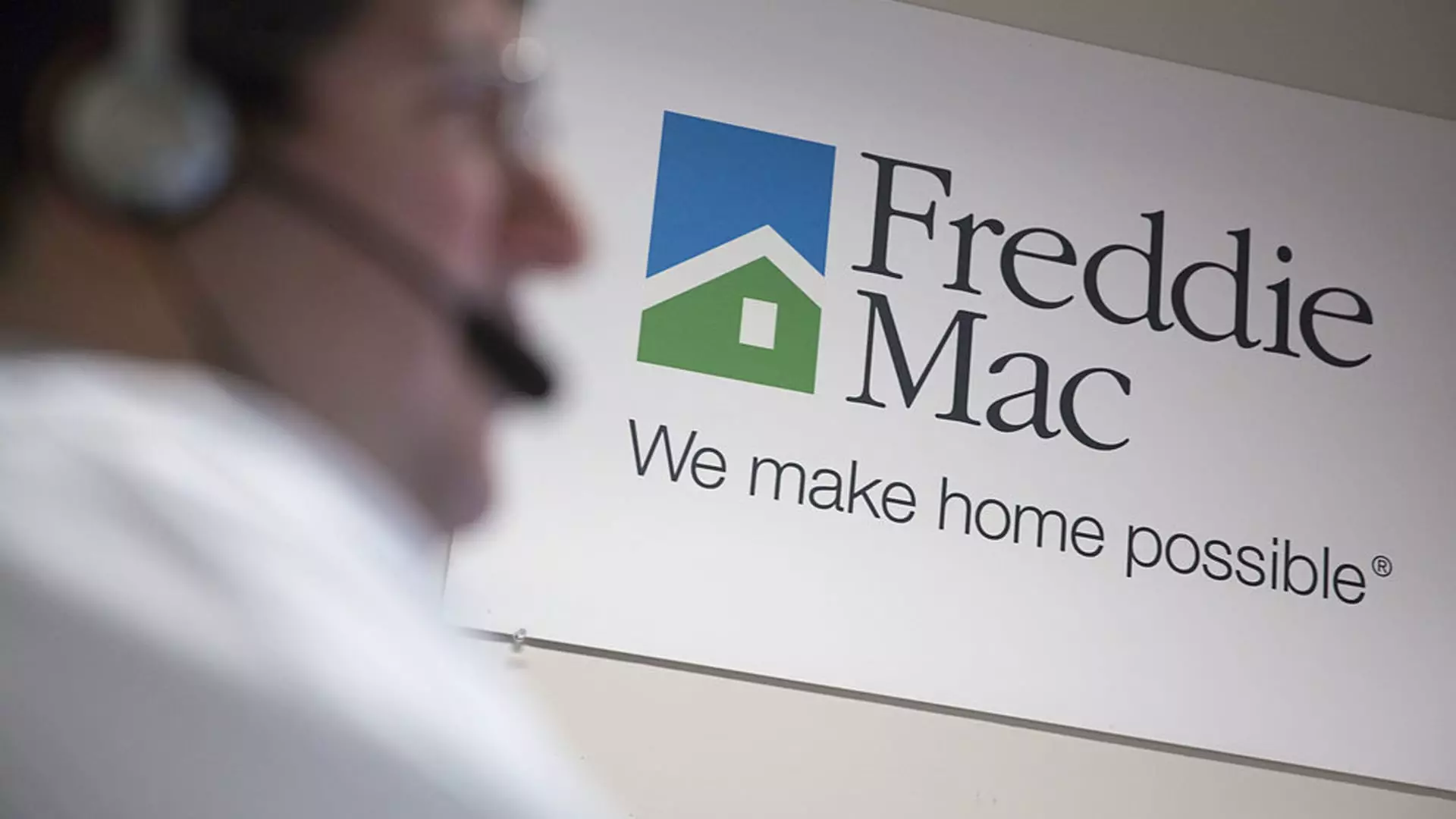The involvement of Fannie Mae and Freddie Mac in the U.S. mortgage market has long been a subject of extensive debate, particularly regarding their current status under federal conservatorship. As these entities are pivotal for financing residential mortgages, understanding their future and the implications of potential reforms is crucial for stakeholders in the housing market. With political shifts in Washington, D.C., there is growing speculation about what a post-conservatorship era could look like and how it might affect both borrowers and investors.
Fannie Mae and Freddie Mac, established to enhance mortgage liquidity, were thrust into conservatorship by the federal government in September 2008 amid the escalating global financial crisis. This was a direct result of their significant exposure to risky mortgage loans, which left them vulnerable when the housing market collapsed. The crisis resulted in approximately 3.8 million homes being lost to foreclosure between 2007 and 2010—a staggering statistic that underscores the need for a stable mortgage environment.
The government’s intervention involved extensive financial support, with the Treasury Department extending substantial lines of credit to keep these entities solvent. This rescue operation included profit sweeps to reclaim taxpayer funds. Economists, like Mark Zandi from Moody’s, praised this move as a necessary measure to stabilize the housing market during turbulent times, arguing that the decision to take decisive action ultimately aided the broader economy.
Fast forward to recent years, and there are growing discussions about ending the conservatorship of Fannie Mae and Freddie Mac. Mark Calabria, the former director of the Federal Housing Finance Agency, raises pertinent questions about the sustainability of the current mortgage finance system. Despite expressing optimism about the economy, he warns that taxpayers may still be at risk if adequate precautions are not taken. This highlights a critical tension regarding the balance of risk and reward within the mortgage sector.
The decision to allow Fannie Mae and Freddie Mac to retain their profits since 2019 marked a significant turning point, laying the groundwork for their return to private markets. This policy change is cited as an essential step toward giving these government-sponsored enterprises (GSEs) greater capital to function effectively. Assessing the implications of this shift, many financial analysts speculate that the lack of an explicit government backstop could lead to increased mortgage rates, as estimates suggest potential hikes of 60 to 90 basis points.
Proponents of privatization, including Calabria, argue that moving away from government oversight could actually simplify the complexities of the mortgage system and potentially lower rates. This perspective challenges the mainstream assumption that privatization inevitably leads to increased borrowing costs. By injecting more capital into Fannie Mae and Freddie Mac, the resulting financial stability could potentially reflect positively on pricing for home loans.
Conversely, critics of this approach caution against hastily privatizing these entities without robust safeguards in place. The lessons learned from the 2008 financial meltdown remain fresh in the minds of many. A reformed housing finance system must address both the concerns of investors and the accessibility of mortgage financing for everyday Americans. Any reform proposals must ensure that taxpayer interests are protected while simultaneously promoting a healthy and competitive market.
As the conversation around the fate of Fannie Mae and Freddie Mac intensifies, stakeholders from various sectors—including policymakers, economists, and borrowers—must collaborate to navigate the complexities of the housing market. The transition from conservatorship back to private market function offers significant opportunities, but it also poses risks that must be carefully managed. Ultimately, the goal should be to foster a resilient, transparent, and equitable mortgage finance system that serves the needs of all Americans, protecting the lessons learned from past crises while striving for a more stable future.

